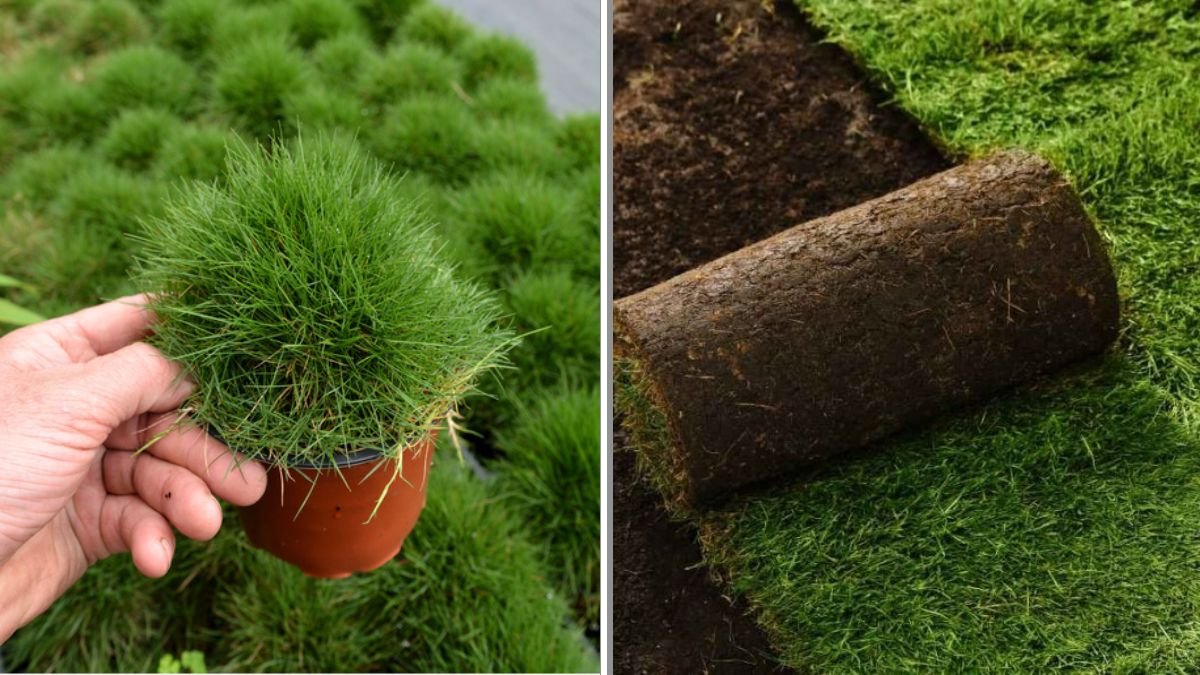When summer heatwaves roll in, the lush green lawn you worked so hard to maintain can quickly turn into a patchy, brown expanse. High temperatures and prolonged dry spells put stress on most grass species, making them susceptible to dormancy, pests, and disease. However, choosing the right type of grass can make all the difference in keeping your lawn vibrant and resilient—even in the hottest, driest months.
Here’s a detailed guide to the best grass types for hot, dry summers, along with care tips to help them thrive.
What Makes a Grass Heat- and Drought-Tolerant?
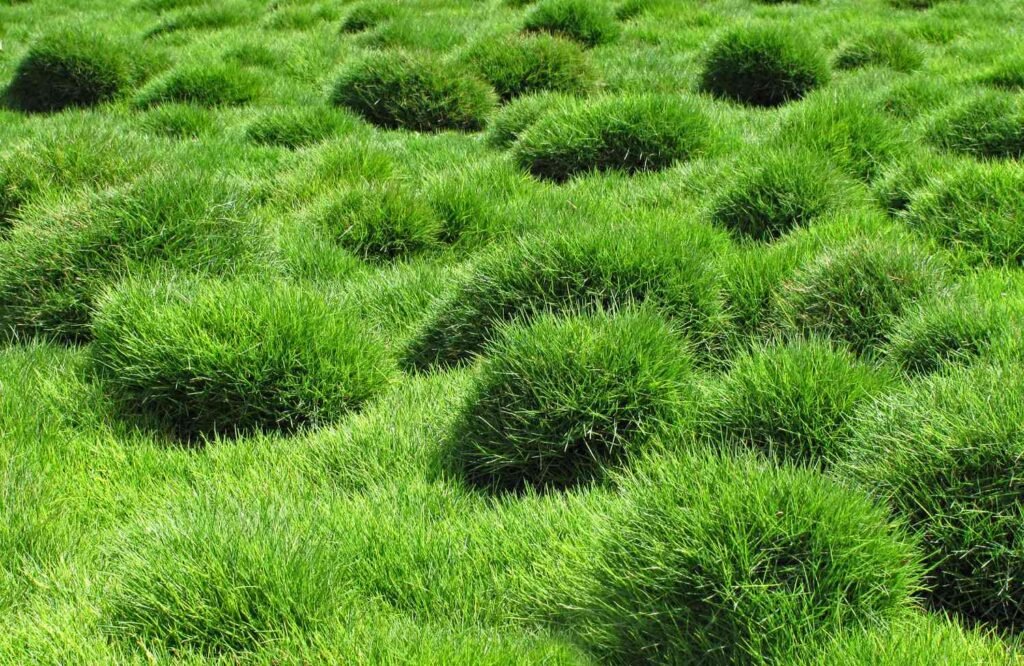
Not all grasses are created equal. Certain species are naturally adapted to thrive in arid or high-temperature conditions.
Key traits of heat- and drought-tolerant grasses include:
- Deep root systems that draw moisture from lower soil levels.
- Thicker blades that lose less water through evaporation.
- Dormancy resilience, meaning they bounce back quickly after stress.
- Low water requirements, compared to cool-season grasses like fescues or ryegrass.
Warm-season grasses are generally better suited for hot climates, but there are also a few cool-season types that tolerate drought fairly well.
1. Bermudagrass
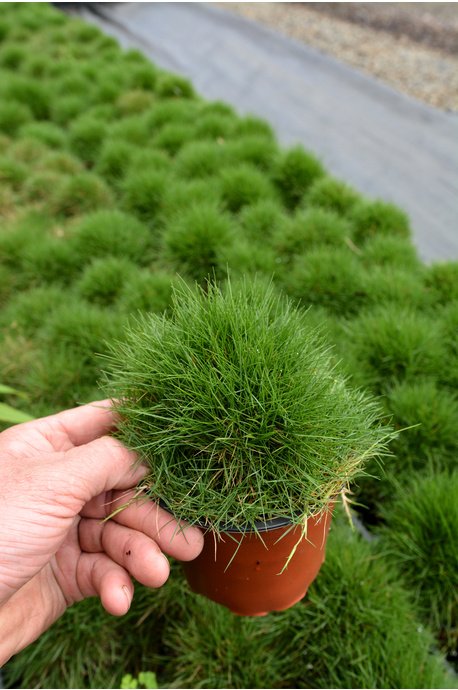
Best for: Southern regions with long, hot summers.
Bermudagrass is a top choice for drought resistance. It thrives in full sun, tolerates heavy foot traffic, and recovers quickly from damage.
- Pros: Fast-growing, excellent durability, spreads aggressively to fill bare spots.
- Cons: Requires frequent mowing, doesn’t tolerate shade, may go dormant in extended droughts.
- Care tips: Mow at 1–2 inches, fertilize regularly in summer, and water deeply once a week during dry periods.
2. Zoysiagrass
Best for: Hot, humid regions and lawns with heavy use.
Zoysiagrass is dense, durable, and handles both heat and moderate drought well. Its thick mat helps crowd out weeds, and it provides a soft, carpet-like lawn.
- Pros: Tolerates some shade, very dense growth, excellent wear resistance.
- Cons: Slow to establish, can become thatchy without proper care.
- Care tips: Mow at 1.5–2.5 inches, dethatch as needed, and water deeply but infrequently.
3. Buffalograss
Best for: Low-maintenance, water-efficient lawns.
Native to North America, buffalograss is highly drought-resistant and requires far less water than traditional turf. It thrives in open, sunny areas and has a fine, soft texture.
- Pros: Extremely low water requirements, minimal fertilization, eco-friendly option.
- Cons: Doesn’t tolerate shade, slower to green up in spring, less traffic-tolerant.
- Care tips: Mow at 2–3 inches, fertilize sparingly (once or twice a year), and water only during prolonged droughts.
4. St. Augustinegrass
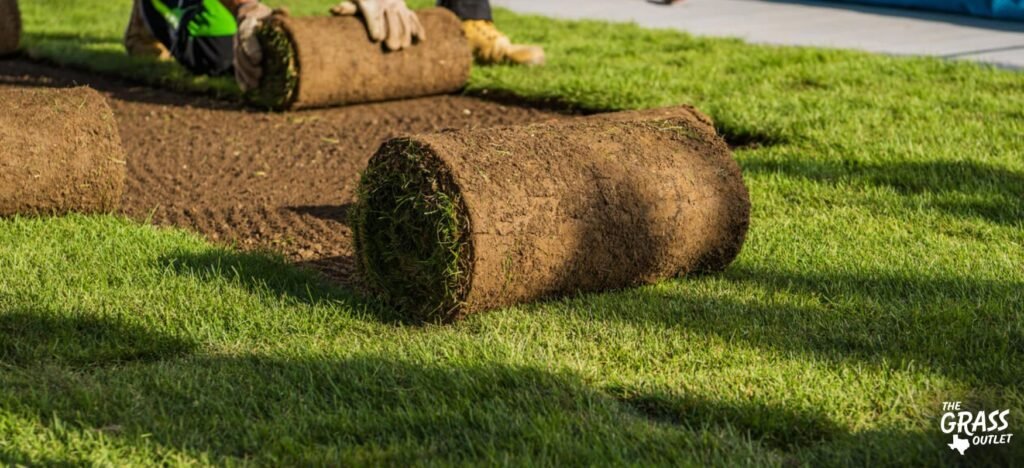
Best for: Coastal areas with hot summers and humidity.
St. Augustinegrass is popular in southern coastal states because it thrives in sandy soil and heat. It’s also more shade-tolerant than many warm-season grasses.
- Pros: Thrives in heat and humidity, tolerates moderate shade, fast-growing.
- Cons: Requires more water than Bermudagrass, prone to pests like chinch bugs.
- Care tips: Mow at 3–4 inches, water weekly in summer, and watch for pest infestations.
5. Tall Fescue
Best for: Transition zones with hot summers and cold winters.
While most cool-season grasses struggle in summer, tall fescue is an exception thanks to its deep roots. It’s widely adaptable and tolerates both drought and heat better than other cool-season options.
- Pros: Deep root system, good drought tolerance, versatile across climates.
- Cons: Needs more water than warm-season grasses, may struggle in extreme heat.
- Care tips: Mow at 3–4 inches, fertilize in fall and spring, and water as needed during long dry spells.
6. Centipedegrass
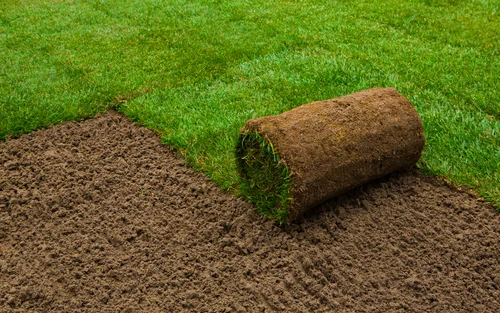
Best for: Low-maintenance lawns in the Southeast.
Centipedegrass is often called the “lazy man’s grass” because it grows slowly, needs minimal mowing, and thrives in sandy, acidic soils.
- Pros: Low maintenance, good heat tolerance, minimal fertilization.
- Cons: Doesn’t handle heavy foot traffic, poor cold tolerance.
- Care tips: Mow at 1.5–2 inches, fertilize lightly once a year, and avoid overwatering.
7. Bahia Grass
Best for: Lawns in sandy or poor soil conditions.
Bahia grass is extremely hardy and thrives in hot, dry regions with poor soil. It’s ideal for homeowners seeking a tough, low-maintenance option.
- Pros: Heat and drought tolerant, tough and resilient, low maintenance.
- Cons: Coarse texture, lighter green color, requires frequent mowing in peak season.
- Care tips: Mow at 2–3 inches, water only in extended drought, and fertilize minimally.
Tips for Keeping Your Grass Green in Summer Heat
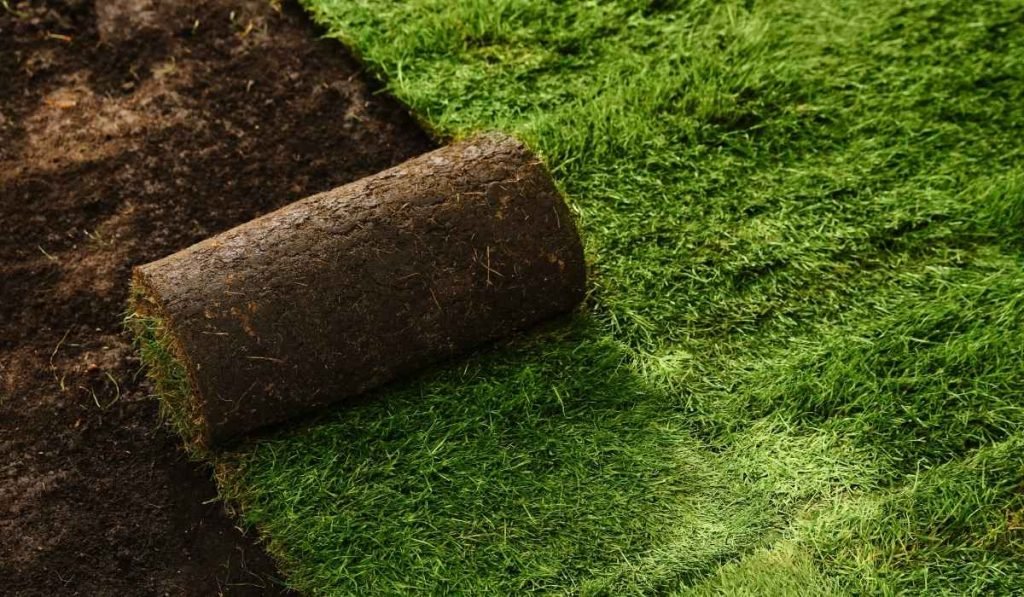
Even drought-tolerant grasses benefit from proper care. To maximize their resilience:
- Water deeply, not frequently: Train roots to grow deeper by watering less often but more thoroughly.
- Mow high: Taller grass shades soil and reduces water loss.
- Avoid fertilizing in peak heat: Overfeeding stresses grass and increases water demand.
- Reduce foot traffic: Limit wear during drought stress to prevent thinning.
- Mulch clippings: Leave clippings on the lawn to conserve moisture and recycle nutrients.
Final Thoughts
If you live in an area with scorching summers and limited rainfall, choosing the right grass type is the first step to a thriving lawn. Bermudagrass, zoysia, buffalograss, St. Augustine, tall fescue, centipedegrass, and Bahia grass are all excellent options depending on your climate and lawn goals.
Combine the right grass with smart watering, mowing, and soil care practices, and your lawn can stay green, healthy, and inviting—even during the hottest, driest months of summer.
With a little planning, your lawn won’t just survive summer—it will flourish.
